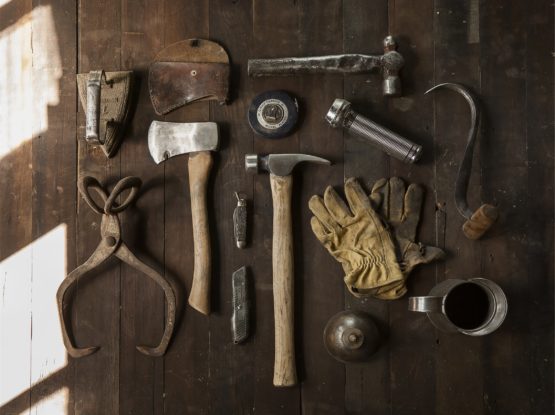Whatever home improvements you’re making, the secret to brilliant results is good attention to detail. Whilst painting your property may appear to be one of the simpler DIY tasks, great results take patience and care.
Here are our top five secrets to paint perfection when decorating your home:
1. Sand away any flaws
To get the best paint finish around your home, you need to ensure you have a smooth and perfect canvas – whether that’s on the walls or the woodwork. While sandpaper is fine for the smaller rough spots and burrs, it’s recommended to invest in (or hire) a sander or sanding pole to make removing all the flaws on your ceiling and walls as easy as possible. Sand woodwork using a sanding sponge to get into any small nooks and crannies.
2. Prime your walls
Sanding helps get rid of any elevated imperfections on your walls, but you may come across holes and nicks that can be just as detrimental to your paint finish. When this is the case, use a primer. To ensure that these patched spots will not be seen under your top coat, choose a tinted primer that matches your choice of wall covering.
Before the primer stage, make sure that your walls are not greasy. Paint won’t bond to grimy kitchen surfaces or grubby hallways. Use a specialist degreasing formula to completely cut through any filth to give your walls the best chance of good paint adhesion.
3. Use a putty knife on your tape
Removing your masking film after painting and finding that your color has still bled through can be extremely infuriating. To avoid this, make sure you are doing a thorough job of affixing your film or masking tape from the start. You can do this by using a simple putty knife and running it over the top of the tape to ensure a firm seal. Use professional masking tape or film as opposed to everyday masking tape, this often leaves a sticky residue behind, which can be hard to clean off.
4. Keep to one wall at a time
You may be tempted to do all the trims and corners of a room first and go back to fill in the larger expanses of wall afterwards. Don’t! Professional painters will always finish one wall at a time so that brushed and rolled paint is easier to blend together. To keep your paint and rollers from drying out whilst switching between the two styles of painting, simply cover your tray or bucket with a damp towel when not being used.
5. Load then go
Professional painters always started with a loaded brush. This means loading the bottom 1.5 inches of their paint brush with paint, tapping each side of the brush on the paint bucket to remove any heavy drips. What other style of loading is there? Well, most amateur painters load their brush and then drag it along the side of the container to wipe the majority of it off again!



